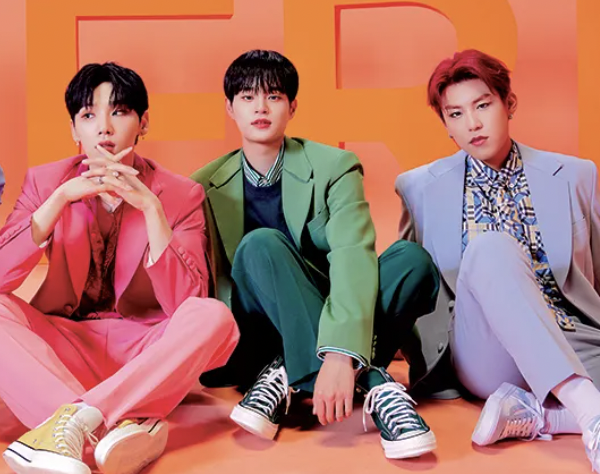
K-Pop. Its popularity has swept through the West in recent years, and some of the most popular songs today are K-Pop songs. But what has made K-Pop so popular? While around only 0.3% of the American population can speak and understand Korean, almost 30% of Americans listen to K-Pop. Studies have shown that music and the things that make it popular can be found using a mathematical formula, which shows that hit songs don’t rely on connections to lyrics, but rather “danceability” and “speechiness.”
In 2011, European researchers at the University of Bristol’s Intelligent Systems Laboratory in the Faculty of Engineering, used machine learning algorithms to determine what allowed a song to break the Top 40 charts. This algorithm broke songs into components like “danceability” and the levels of energy. This created a “Hit Potential Equation”, which can be used to calculate how popular a song will be.
This formula has proved to be more than 60% accurate in predicting how popular a song will be, while also being able to predict the “Feel-Good” factor of a song. The emotional factor of music can often be ambiguous, but researchers have also determined that a tempo of around 150 beats per minute with happy lyrics is a sure way to create a hit song. This is interesting, as most Western music today averages 116 bpm.
In an article published in Towards Data Science, Haebichan Jung conducted a study to make sense of the “BTS craze” in the West by using data science. In this article, Jung uses BTS to calculate different components of K-Pop songs as a whole. He tapped into Spotify’s API, which organized each song into 11 acoustic qualities that could be measured quantitatively. Jung then compared these numbers to the numbers of popular Western artists, and their songs. BTS ranked significantly higher in “speechiness” and “energy” than other artists. BTS also is seen to have a high level of “danceability”. BTS songs are also more energetic than popular western artists, all contributing to the “Hit Song Potential” equation previously mentioned.
Although the data gives sufficient reasoning towards why K-Pop music is popular in the West, I highly doubt that K-Pop fans are going to concerts while examining complex data tables that are quantifying the music that they love. I asked Annika Gupta (9), as to why she enjoyed K-Pop. She said that music isn’t the only thing that she enjoys, and that, “…after getting to know the personalities of the different members, they start to grow on you, and form a connection, even though you don’t know them personally.” Annika also said that K-Pop is different from regular western music, as K-Pop allows fans to “…hear how different voices work together to produce appealing music”. I also talked to Mr. Konopinski (Physics), who told me that although he has never listened to K-Pop, he is aware that it is “…growing in popularity among the American populace”, and that “It’s cool!”. He also said that he found K-Pop to be very interesting, and that he can understand why many people enjoy the music around the world.
While I never really had any opinions on K-Pop, I have gained a great deal of respect for K-Pop artists, and their commitments to creating quality music and entertaining performances. There is a large amount of data that shows just what makes K-Pop music popular in the West, and there are also many other reasons why K-Pop appeals to the general public, showing just how successful and groundbreaking the music can be.

